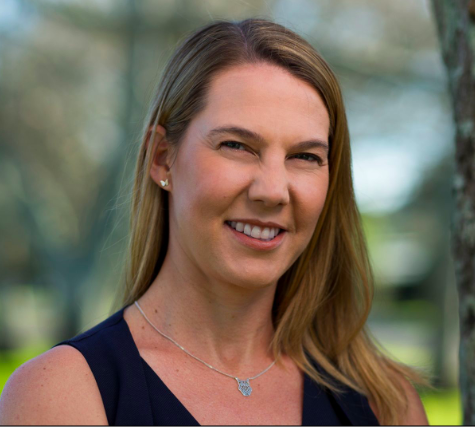Growing pains: a potential treatment for fetal growth restriction
3000 babies affected by fetal growth restriction
Fetal growth restriction is a serious medical condition that affects around 3000 unborn babies each year in New Zealand. Babies affected by fetal growth restriction carry an increased risk of stillbirth, as well as an increased risk for significant health issues later in life.
But help is on the way. Researchers from the University of Auckland are working to better understand fetal growth restriction – and to offer a potential treatment.
What is fetal growth gestriction?
Fetal growth restriction describes a condition in which an unborn baby is not growing as well as expected. Medically, the term ‘fetal growth restriction’ indicates that an unborn baby is below the 3rd centile for its age and sex. This means that the unborn baby is smaller than nine out of ten unborn babies at the same stage of pregnancy.
In New Zealand, around 3000 pregnancies are affected by fetal growth restriction each year. Pregnancies with fetal growth restriction have a high risk of ending in stillbirth (the loss of the unborn baby after 28 weeks of pregnancy or during birth).
Babies who survive fetal growth restriction have an increased risk of neurodevelopmental delay – which is a delay in developing skills necessary to achieve developmental ‘milestones’, such as walking or talking. These babies also have an increased risk of developing cardiovascular diseases and metabolic diseases later in life.
The role of the placenta
The placenta is an organ that develops during pregnancy and is attached to the wall of the uterus. It is responsible for delivering oxygen and nutrients from the mother to the fetus. “Inside the placenta is a branched tree of blood vessels,” says Dr Jo James, an Associate Professor at the University of Auckland.
“In fetal growth restriction, there are fewer of these blood vessels, and the blood vessels that are there are stiffer. This means the unborn baby’s heart must pump harder to push blood through the placenta, to get the nutrients and oxygen it needs ... and this creates a challenging environment in the womb.”
“Developing ways to improve the environment in the womb,” says Assoc Prof James, “and help unborn babies grow better, is an important opportunity to prevent the negative downstream health effects of fetal growth restriction.”
Switching focus
Previous work undertaken by Assoc Prof James and co-investigators Dr Anna Boss and Dr Anna Brooks may hold the key when it comes to treating fetal growth restriction. “We have shown,” says Assoc Prof James, “that cells in placental blood vessels can switch types, changing from cells that line the vessel, to those in the muscle layer around the outside of it. A degree of switching is important in normal vessels, but in fetal growth restriction, we think that there might be too much of this, which makes the vessels thicker and stiffer than they should be.”
According to Assoc Prof James, a similar pattern of “switching” is seen in some cardiovascular diseases – and due to this, a number of drugs have been developed that can help to improve the function of blood vessels. “Some of these drugs are safe for use in pregnancy,” explains Assoc Prof James, “and so we want to test them on placental cells to see if they could stop this excess switching, and improve placental blood flow.”
By testing these drugs on placental cells – from human placentas donated to the study – the researchers hope to not only better understand fetal growth restriction, but to offer a potential treatment.
“At the moment, there are no effective treatments we can offer babies once we find out they have fetal growth restriction,” says Assoc Prof James, “so if we can show that these drugs improve placental blood vessel function, this will be an exciting new way that we could treat fetal growth restriction babies in the future – to help them stay inside the womb longer and be born healthier.”
How you can help
This project was one of nine research ideas chosen by Cure Kids to be given a Project Grant in 2021. It is only through the generous contributions of people like you that Cure Kids can continue to fund vital research — such as Assoc Prof James’ work on developing a treatment for fetal growth restriction.
Cure Kids is committed to enabling research that has the potential to transform the health and wellbeing of our precious tamariki – but we need your help. Find out how you can become a Cure Kids donor today.

Help fund our big research.
Every bit helps.

